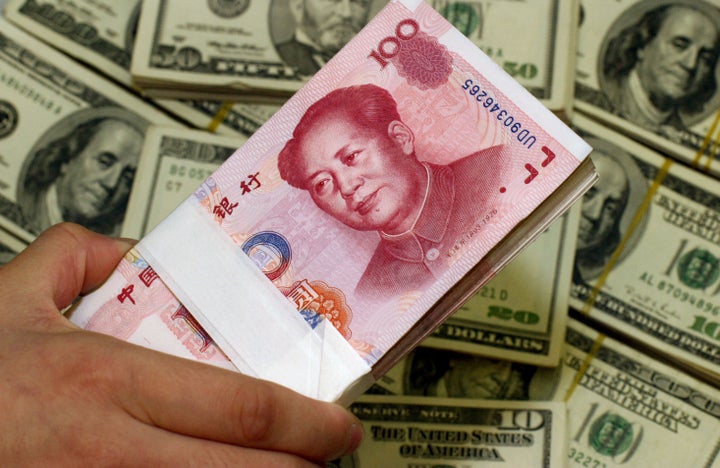
MILWAUKEE (Scott Malone) - On a recent morning at Master Lock's 90-year-old factory in Milwaukee, a cluster of machinery was whirring, every 2 seconds spitting out one of the combination locks used by American high schoolers as the company readied for the back-to-school rush.
The seven-day-a-week, three-shift-per-day whirlwind of activity marked a change from two years ago, when the machine normally ran for just a few hours a day because the unit of Fortune Brands Inc was ordering more padlocks from suppliers in China instead of making them.
Why move production from the world's low-cost workshop back to a unionized U.S. factory where wages are six times higher than in China? Efficiency: The machine in Milwaukee is about 30 times as fast as the Chinese factories the company had been buying from, more than making up for the difference in wages.
"I can manufacture combination locks in Milwaukee for less of a cost than I can in China," said Bob Rice, a senior vice president at the largest U.S. padlock manufacturer.
The factory has added about 78 workers over the past two years, boosting its workforce to 440.
That is a small bit of good news for the long-suffering U.S. manufacturing sector, which shed about 2 million jobs, or some 14.6 percent of its employees, in the last recession. It has not recovered since and now employs 11.7 million people, down 34,000 from the recession's official end in June 2009.
Master Lock is not alone. General Electric Co and Boeing Co are also part of the small group of U.S. companies that are boosting production at their U.S. factories.
A variety of factors are driving the shift, including rising wages in parts of Asia, surging fuel prices and the complexity of transporting goods across the Pacific. (Reuters Insider show: "Made in USA" Making Comeback as U.S. Manufacturers Expand: link.reuters.com/nuf42s )
ECONOMIC IRONY
"What you're starting to see is the economics shifting more into the United States' favor regarding sourcing from the United States versus sourcing from a low-cost country," said Daniel Meckstroth, chief economist at the Manufacturers Alliance/MAPI, a Washington trade group.
There is an element of irony here. The United States' sluggish economic recovery, coming at a time when emerging economies including China and India are enjoying brisk growth, is helping its manufacturers to close the cost gap on their foreign rivals.
China's inflation rate hit 5.5 percent in May, well ahead of the United States' 3.6 percent headline rate. With Chinese wages rising at 15 to 20 percent per year, the labor costs of manufacturing in the two countries could pull even by 2015, a Boston Consulting Group study predicted in May.
Rising oil prices, which drive up the cost of shipping goods by boat or plane, are also eating in to China's edge.
Automation also helps tilt the balance toward the United States. Bruce Crass, the Master Lock plant's general manager, estimated that his plant -- where the average worker oversees the operation of six high-speed machines -- produces 24,000 locks a day with about one-sixth the number of workers needed by the company's Chinese suppliers and rivals.
Master Lock today makes about 55 percent of its padlocks in North America -- in Milwaukee and at a satellite location in Nogales, Mexico -- with the rest made in China. That is down from a 50-50 split two years ago.
To be sure, these companies are the exception in the U.S. economy, where businesses from Apple Inc to Nike Inc focus on design and marketing, leaving production to independent contractors.
Copyright 2011 Thomson Reuters. Click for Restrictions.
